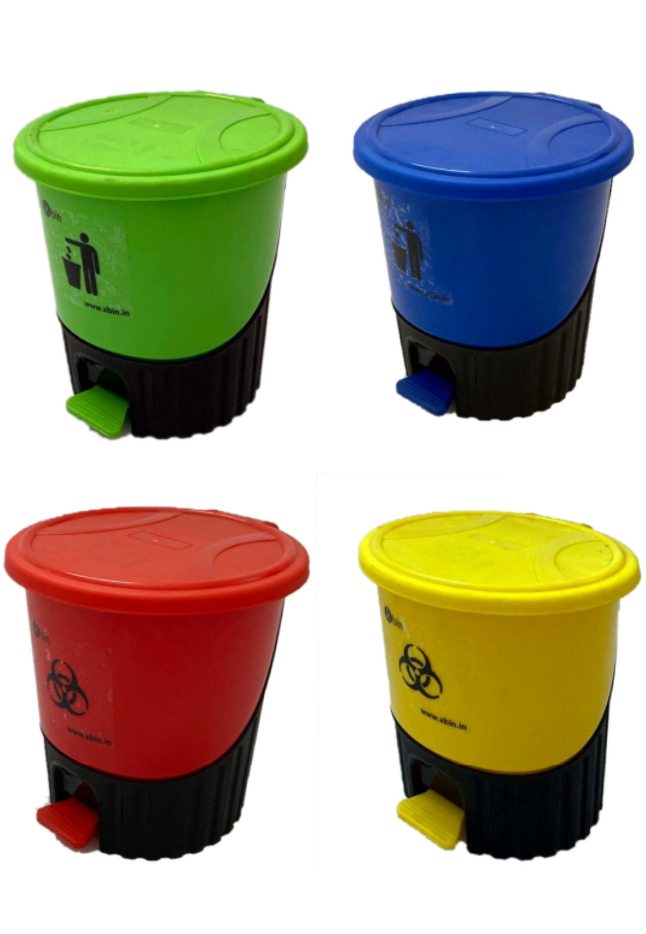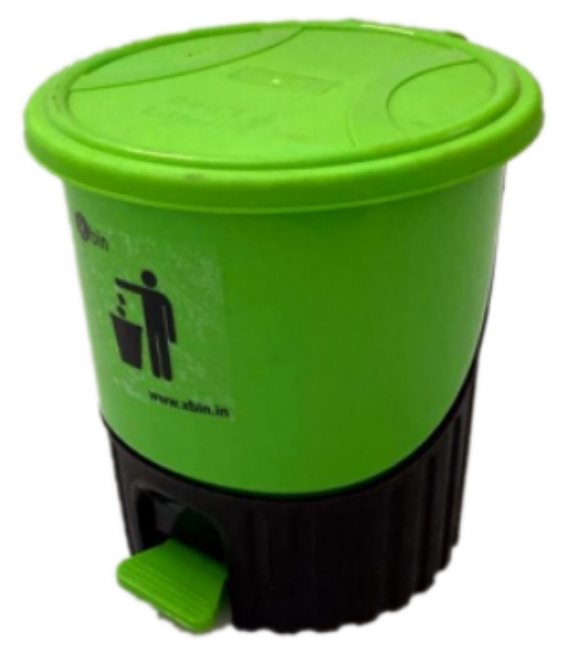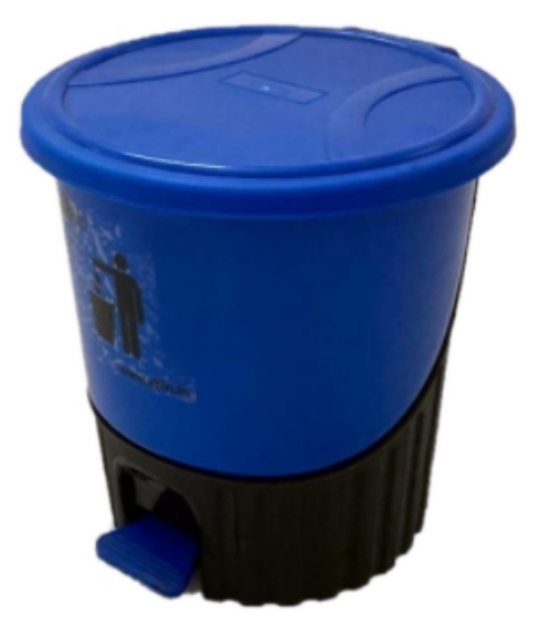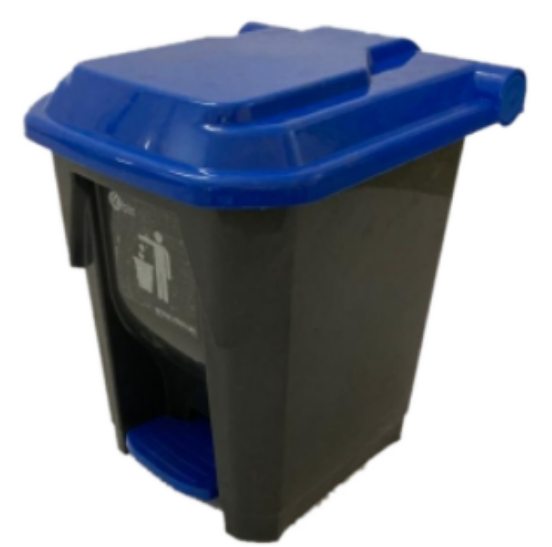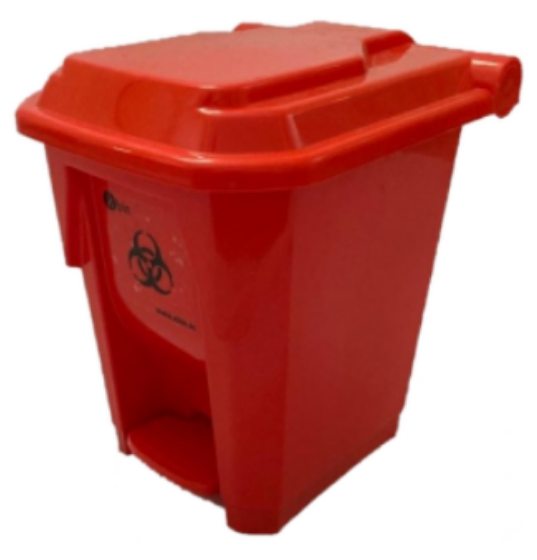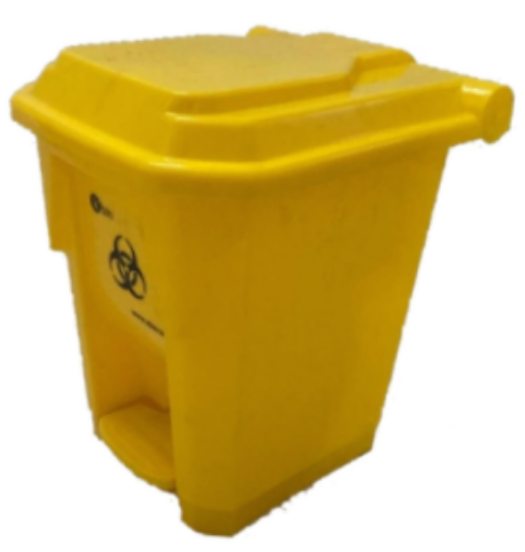Why dustbin color codes are important?
Dustbin color codes are important because they help people to properly sort their waste and ensure that it is disposed of in an environmentally-friendly manner. By using different colors to identify different types of waste, people can easily understand what goes in which bin and ensure that their waste is properly disposed of.
Proper waste sorting and disposal is important for a number of reasons:
- It helps to reduce the amount of waste that ends up in landfills, which can help to conserve natural resources and reduce environmental impacts.
- It helps to conserve energy and reduce greenhouse gas emissions by reducing the amount of energy that is required to process waste and manufacture new products from raw materials.
- It helps to reduce the amount of pollution that is caused by waste, including water pollution, air pollution, and soil contamination.
- It helps to create jobs and support local economies by providing a market for recycled materials and promoting the development of new recycling technologies and practices.
Overall, dustbin color codes are an important part of an effective and sustainable waste management system, and they play a critical role in helping to protect the environment and public health.
What are Dustbin Colour Codes?
Dustbin color codes refer to the colors that are used to identify different types of waste that are placed in dustbins or trash bins. These color codes are used in many countries around the world as
a way to help people sort their waste properly and ensure that it is disposed of in an environmentally-friendly manner.
Here is a list of some common dustbin color codes that are used:
- Blue: Paper
- Green: Organic waste (food waste, plant material)
- Yellow: Plastic, metal, and glass
- Black: Non-recyclable waste
- Red: Hazardous waste (chemicals, batteries, medical waste)
These color codes may vary depending on the location and the specific waste management practices in place.
It's a good idea to check with your local waste management agency or municipality to find out what the specific
dustbin color codes are in your area.
What are blue color dustbins used for?
Blue color dustbins are typically used for paper waste. This includes newspapers, magazines, office paper,
envelopes, cardboard, and other types of paper products.
In many places, blue dustbins are specifically designated for recycling paper, as paper is a highly recyclable
material that can be made into new paper products. By separating paper waste from other types of trash and
placing it in a blue dustbin, people can help to reduce the amount of paper that ends up in landfills and
contribute to a more sustainable waste management system.
It's important to note that dustbin color codes can vary depending on the location and the specific waste
management practices in place. It's a good idea to check with your local waste management agency or municipality
to find out what the specific dustbin color codes are in your area.
What are green color dustbins used for?
Green color dustbins are typically used for organic waste, such as food waste and plant material. This includes
things like fruit and vegetable scraps, coffee grounds, eggshells, and yard trimmings.
In many places, green dustbins are specifically designated for recycling organic waste, as organic matter can be
composted and turned into a valuable soil amendment. By separating organic waste from other types of trash and placing
it in a green dustbin, people can help to reduce the amount of organic material that ends up in landfills and contribute
to a more sustainable waste management system.
What are Yelow color dustbins used for?
Yellow color dustbins are typically used for plastic, metal, and glass waste. These materials are all recyclable,
which means that they can be collected, processed, and made into new products. By separating these materials from other
types of trash and placing them in a yellow dustbin, people can help to reduce the amount of waste that ends up in landfills
and contribute to a more sustainable waste management system.
What are Black color dustbins used for?
Black color dustbins are typically used for non-recyclable waste, which is waste that cannot be recycled or reused.
This type of waste includes materials like single-use plastics, disposable diapers, and other items that cannot be recycled
or repurposed.
By separating non-recyclable waste from other types of trash and placing it in a black dustbin, people can help to reduce the
amount of waste that ends up in landfills and contribute to a more sustainable waste management system.
What are Red color dustbins used for?
Red color dustbins are typically used for hazardous waste, which is waste that is dangerous or potentially harmful to people
or the environment. This type of waste includes materials like chemicals, batteries, medical waste, and other items that require
special handling and disposal.
By separating hazardous waste from other types of trash and placing it in a red dustbin, people can help to ensure that this
waste is properly managed and disposed of in a way that minimizes any negative impacts on the environment or public health.
